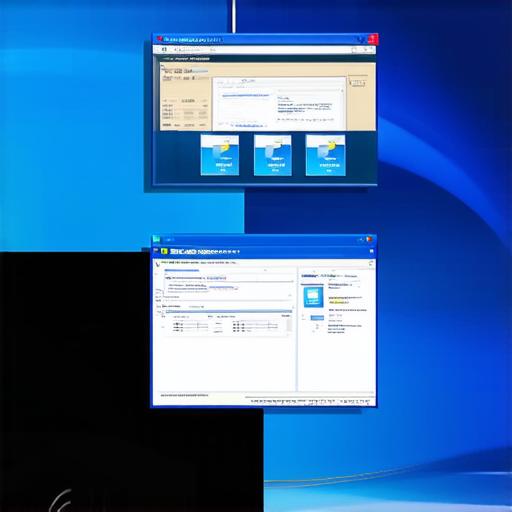Computer software refers to the programs and applications that run on computers, mobile devices, and other digital devices. There are many different types of software available, but here are five common ones:
3. Productivity Software
Productivity software is designed to help users perform common tasks such as word processing, spreadsheets, presentations, and more. Examples of productivity software include Microsoft Office (Word, Excel, PowerPoint), Google Docs, and LibreOffice.
4. Multimedia Software

Multimedia software is used to create and edit digital media content such as videos, music, images, and more. Examples of multimedia software include Adobe Creative Suite (Photoshop, Premiere Pro), Final Cut Pro, and GarageBand.
5. Internet and Web Browsers
Internet and web browsers are used to access the internet and view websites. They provide a user-friendly interface for navigating the web and interacting with online content. Examples of internet and web browsers include Google Chrome, Mozilla Firefox, and Safari.
Each of these types of software serves a specific purpose and can be incredibly useful for users in different industries and contexts. In this article, we’ll explore each type of software in more detail, including its features, benefits, and potential drawbacks.
3. Operating System Software
Operating system (OS) software is the foundation upon which all other software runs. It manages hardware resources, provides basic services for application software, and allows users to interact with the computer. Examples of operating systems include Windows, macOS, and Linux.
User Interface: The user interface (UI) is how users interact with the operating system. Common UI elements include menus, icons, and windows.
Hardware Management: The operating system manages hardware resources such as CPU, RAM, storage, and peripherals. It allocates resources to different applications and ensures they run smoothly.
Security: Operating systems provide basic security features such as firewalls, user authentication, and access controls.
Software Compatibility: Modern operating systems support a wide range of software and hardware, making it easy for users to run their favorite applications.
Benefits of using an operating system include increased productivity, better security, and easier compatibility with other software and hardware. However, there are also some potential drawbacks to consider:
- Cost: Operating systems can be expensive to purchase or license, especially for businesses or individuals who need multiple copies.
- Learning Curve: Some operating systems can be complex and difficult to use, requiring a significant learning curve for new users.
- Maintenance: Operating systems require regular updates and maintenance to ensure they are secure and up-to-date.
In conclusion, there are many different types of computer software available, each with its own unique features, benefits, and potential drawbacks. Whether you’re a software developer or simply looking to improve your productivity or creativity, understanding the different types of software available can help you make informed decisions about which tools to use and when. By choosing the right software for your needs, you can streamline your workflow, increase efficiency, and stay ahead of the competition.
